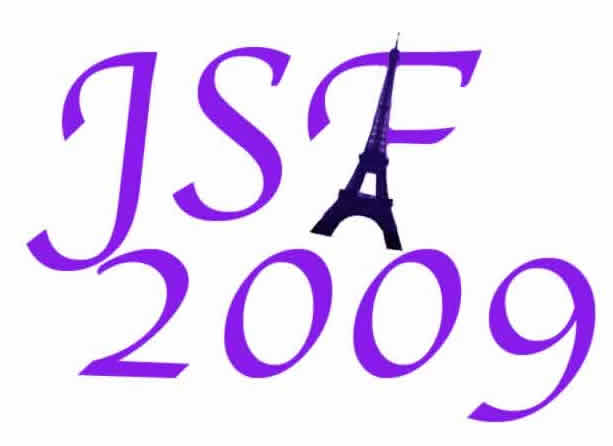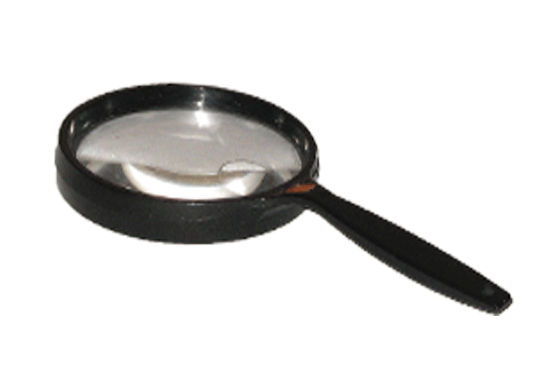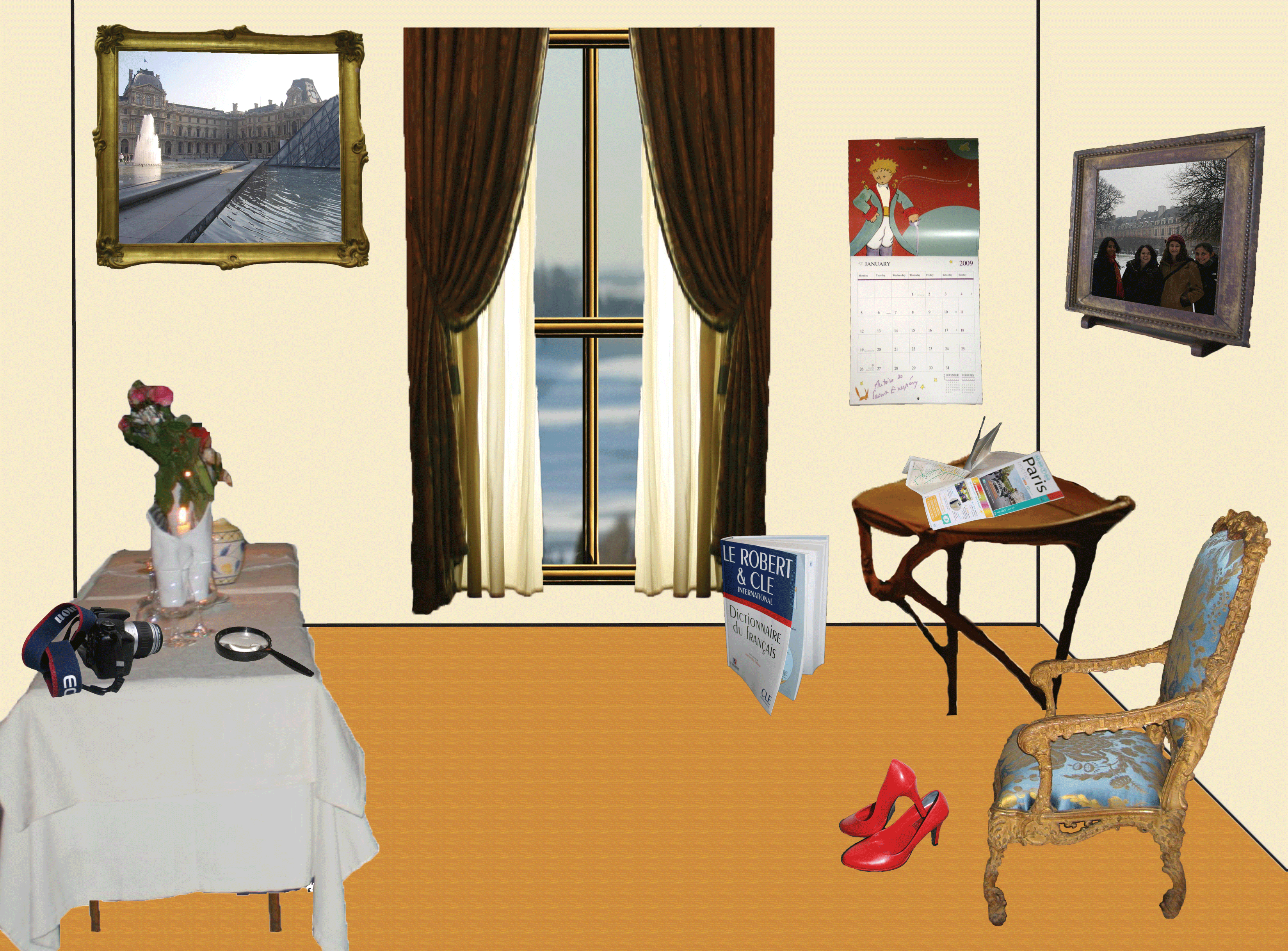The Paris Métro System
Over the course of our two-week stay in Paris, we became fairly familiar with the Paris Métro system. Having grown up in New York City, and as a current resident of Boston, I find it very interesting to learn how each city's subway system fits in with that city's culture.
The first subway line in Paris opened in 1900, and the system has since expanded to 16 lines with 300 stations in total. The Métro therefore made the city very accessible, with stops nearby nearly all of the locations we wanted to visit. It takes a little patience to get used to all of the lines, though, because the directions on each line are named by the final stop, instead of by the geographical location (for example, on Line 1, you would take take Direction Nation instead of taking the southbound direction). This terminology meant that we touristes had to spend a little extra time looking at maps, but I'm sure it doesn't faze true Parisians at all!
A station with signs indicating tracks for the line's directions:
I was impressed that the Métro stations were all fairly clean, at least as far as subway stations go. Many of the tracks had the extra amenity of clocks indicating how long you would have to wait until the next train! During the day, the trains came very frequently, but we often had to wait for a little while at night.
A train leaving an empty station, and garbage cans:
A clock sign, and a view of a station from above:
Since we were using the Métro so much, we bought weekly passes that allowed unlimited rides. Most public transportation systems have this type of fare option, but the Paris pass was unusual since we had to put our own pictures on it.
Melissa entering a station after using her pass:
A few of the stations had interesting quirks, either in their architecture or their decoration. The station Palais Royal - Musée du Louvre on Line 1 has a very unusual entrance made of aluminum with glass beads that was designed by Jean-Michel Othoniel and completed in 2000. As you can see in the pictures below, the design is very lightheated and whimsical.
Views of the Palais Royal station:
A few of the stations' entrances have art-nouveau designs by Hector Guimard. They feature cast-iron railings with plant-like motifs. Featured in the repeated circular structure is an "M" for "Métro."
A Hector Guimard station, with a close-up view of the motif:
In addition to the physical design of the Métro, there are certain more personal aspects that are noteworthy. For example, I really enjoyed seeing so many musicians in the stations, and even on the trains themselves! Also, passengers were pretty aggressive if they needed to get off a crowded train. At first, I was surprised when people actually pushed me out of the way, but once I realized it was the norm, I too started clearing a path for myself if people weren't moving.
The Paris Métro's combination of utility (lots of stations, frequent trains, good sanitation) and creativity (both quirky and more streamlined designs) seemed to me to be in concert with the city's general attitude towards architecture and urban planning. I found the bustle of the subway refreshing, and by the end of our trip, I was pleased to have masted a little bit of the Paris Métro vocabulary, as we headed back to our hotel in le Marais on ligne 1, direction Château de Vincennes.
Click HERE and HERE to hear sounds from the Paris métro!
Elizabeth Leshen


